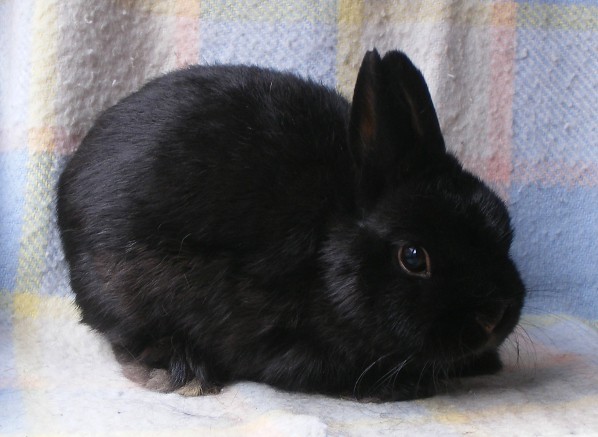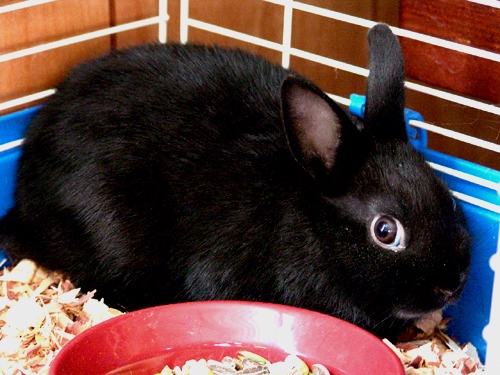

Keep in mind that treats should never exceed 5 to 10% of a rabbit’s daily diet. Add interest with occasional treats of rabbit-safe fruit or a rabbit-healthy treat. Offer plenty of clean, fresh hay and water, with a daily portion rabbit-safe vegetables and rabbit pellets. Providing a happy home for your rabbit isn’t difficult.Ĭhoose a habitat that suits your home and rabbits, and clean it regularly. They need a clean, safe home, healthy food, exercise for their body and mind, and companionship. EME/ĭwarf rabbits have all the basic needs of other rabbits. Care The dwarf gene might cause dental and respiratory trouble for Netherland Dwarf rabbits.
NETHERLAND DWARF RABBIT BLACK HOW TO
Learn how to properly pick up and support rabbits they usually prefer not to be picked up.Use these tips when interacting with any rabbits: If you’re considering adopting one, talk to the breeder or the rabbit rescue about the personality of the particular rabbit that interests you. People have described them as timid, aggressive, loving, gentle, and almost everything else.

By Aaron Van Dyken (Own work) [CC BY-SA 4.0, via Wikimedia CommonsAll rabbits are individuals, so it’s difficult to “label” the Netherland Dwarf personality. The Netherland Dwarf is a more recent breed. rabbit breeders worked to get the breed recognized, and ARBA officially accepted the breed at its 1969 annual convention. The Netherland Dwarf first arrived in North America in 1965. After the war, British rabbit breeder Joyce Taylor received 9 dwarfs and co-founded the Netherland Dwarf Club in England in 1949. They got a standard in 1940, but WWII interrupted further development. Breeders in Holland then worked for years on crossing this small, white rabbit with small wild rabbits and even some larger rabbit breeds to introduce more colors. The Polish likely originated in England or Germany and the Hermelin hailed from Germany. Whitman’s book “Domestic Rabbits & Their Histories,” the Netherland Dwarf breed has its roots in the Polish and Hermelin rabbit breeds. Between all these groups, Netherland Dwarfs come in more than 20 colors, including black, blue, chocolate, lilac, BEW, REW, sable point, Siamese sable, Siamese smoke pearl, tortoise shell, chestnut, chinchilla, lynx, opal, squirrel, otter, sable marten, silver marten, smoke pearl marten, tans, fawn, Himalayan, orange, and steel. The American Rabbit Breeders Association classifies Netherland Dwarf rabbit colors into five groups: self, shaded, agouti, tan, and any other variety. To see some Netherland Dwarfs with good conformation, watch this YouTube video from Country Rabbit Farm that shows Best of Breed judging.

The legs are to be short, the head round and large, and the ears short, upright, and rounded at the tip. The breed standard for Netherland Dwarf calls for a short, compact body. The fur is the normal length and slowly returns to position after brushed opposite of the way it lays. The overall impression is of a young rabbit, no matter the rabbit’s age. It’s a distinctive look, especially the short, upright ears on the large head. They have a compact body, large head, short face, short ears, and large eyes. Netherland Dwarf rabbits are a true dwarf breed, which means they carry the dwarf gene.

Description The Netherland Dwarf is a small rabbit weighing about 2.5 pounds.


 0 kommentar(er)
0 kommentar(er)
